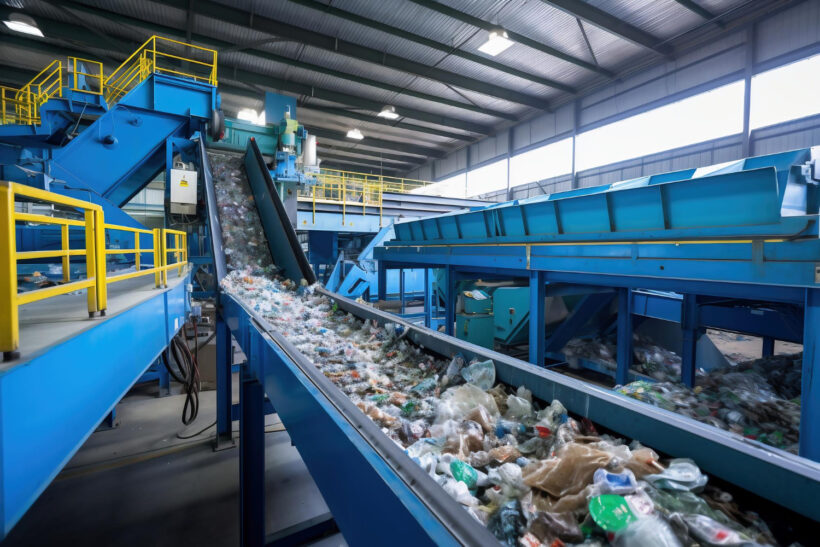Introduction
In today’s increasingly eco-conscious and competitive business landscape, minimizing wastage in your goods production business is not only responsible for the environment but also crucial for your bottom line. Reducing wastage means cutting costs, improving product quality, and increasing overall efficiency. In this article, we’ll explore various strategies to help you ensure there is less wastage in your goods production business.
- Conduct a Waste Audit
Before implementing any changes, it’s essential to understand where and why wastage occurs in your production process. A waste audit involves closely examining your operations to identify areas of inefficiency and waste. This could include overproduction, defective products, excessive inventory, and more. Once you have a clear picture of where wastage occurs, you can target those areas for improvement.
- Implement Lean Manufacturing
Lean manufacturing is a philosophy that aims to minimize waste while maximizing productivity. Key principles include just-in-time production, reducing inventory, and continuously improving processes. By embracing lean practices, you can significantly cut down on waste and increase the efficiency of your production lines.
- Train Your Workforce
Your employees play a vital role in waste reduction. Also, ensure that your workforce is well-trained and motivated to minimize wastage. Training should encompass not only technical skills but also an understanding of the importance of waste reduction and environmental responsibility.
- Optimize Inventory Management
Excessive inventory can lead to product obsolescence, storage costs, and increased waste. Furthermore, Implement efficient inventory management systems to ensure you have just the right amount of materials and finished products on hand. So, this will help you reduce waste and free up valuable resources.
- Monitor and Improve Quality Control
Quality control is paramount in waste reduction. Also, products that do not meet your quality standards are likely to be discarded or require rework, both of which result in waste. Additionally, regularly monitor the quality of your products and address any issues promptly to minimize defects and associated wastage.
- Embrace Sustainable Packaging
Consider eco-friendly packaging materials and practices. Sustainable packaging not only reduces environmental impact but can also save you money in the long run. Also, It appeals to environmentally conscious consumers and can set your goods apart in the market.
- Collaborate with Suppliers
Establish good relationships with your suppliers and work together to reduce waste at the source. So, this may involve joint initiatives to improve packaging, reduce transportation waste, and streamline the supply chain.
- Reduce Overproduction
Overproduction is a significant source of waste in many goods production businesses. Produce goods in quantities that match demand, rather than creating excess inventory. This practice can save resources, reduce storage costs, and minimize the risk of unsold goods.
- Continuously Improve
Waste reduction is an ongoing process. Encourage a culture of continuous improvement within your organization. Regularly review your processes, seek feedback from employees, and implement changes that will lead to less wastage and greater efficiency.
Conclusion
Minimizing wastage in your goods production business is not only a moral obligation but also a sound business strategy. By conducting a waste audit, implementing lean manufacturing principles, training your workforce, optimizing inventory management, and embracing sustainability, you can significantly reduce waste and improve your bottom line. Remember that waste reduction is an ongoing process, so stay committed to continuous improvement, and your business will benefit in the long run. Not only will you contribute to a more sustainable future, but you’ll also become more competitive in the market.
Disclaimer: This article is provided for informational purposes only and does not constitute financial, investment, or legal advice. The author and publisher are not responsible for any decisions made based on the information provided. Readers are advised to seek professional advice for their specific circumstances. Any reliance on the information in this article is at the reader’s own risk.
To read more, click here
Thank You For Reading, feel free to ask any questions in the comment section below.
Follow us on Social Media Platforms,
Click Here: Instagram, Facebook, YouTube, and Twitter
Stay Informed, Stay Responsible with My Finance World!










